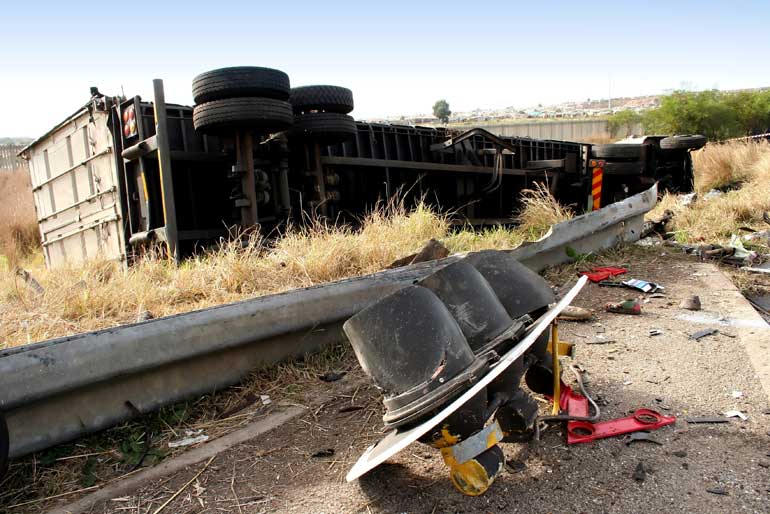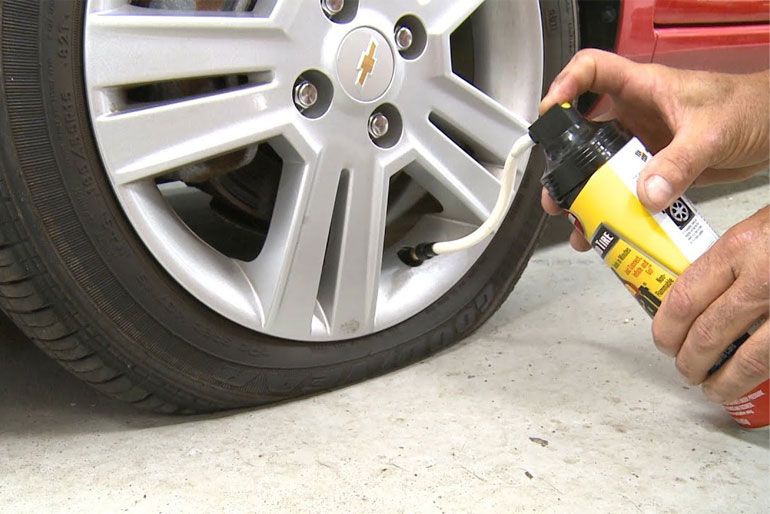If you’re constantly on the go and out on the open road, you must ensure the vehicle you’re driving is safe and can get you where you need to go. From checking your oil before long journeys to pumping up your tyres and ensuring you’ve got a spare wheel in the back in case of a flat tyre. You have to be prepared for the unexpected, and flat tyres and punctures are some of the most common problems drivers face.
Not all cars today carry a spare wheel in the back, which isn’t something to worry about. As the automotive industry evolves and more innovative products and technology are steaming into the market, it’s allowed car manufacturers to ditch the conventional spare wheels for repair kits. You might be asking yourself, why is that? By removing a spare wheel from the car itself, you’re making more room for improved luggage capacity plus other important and innovative features, which means less weight on the vehicle and improved fuel economy. You can also save yourself from having to change a spare tyre until a trained professional can do it for you.
Here you can find out what cars carry a spare wheel.
Many modern cars carry repair kits in the form of emergency tyre repair foams and sealants, which you can learn more about below.
Emergency Tyre Repair Foams
Tyre foam is an innovative, quick solution to tyre punctures. It ultimately helps to restore pressure within the tyre, acting as both inflation and a sealant. All tyre repair foam kits don’t require any tools – all you need is a set of hands and patience.
How To Use Tyre Repair Foam?
- Remove the tyre valve cap and gently screw the sealant nozzle onto the tyre valve. Make sure it’s on properly.
- Press the trigger, forcing compressed air and sealant into the tyre.
- You’ll need to empty the contents of the can, but if the puncture you have is larger than 3mm, the sealant may not work as foams and sealants are only designed as a temporary fix.
- You’ll need to drive the car to disperse the sealant, but remember that it is strongly advised to drive slowly. This means 50mph or under.
- Stop safely after a few miles and check the tyre again to be safe.
- Another thing to remember, the foam and sealant can only last between 50-100 miles so be sure to use your miles wisely and get to a garage as soon as possible.
Watch this quick video on how to use tyre repair foam!
Different Types of Tyre Repair Foams & Sealants
Two main types of tyre repair foam kits are available from many brands across the UK and Europe.
- Standalone tyre repair foam.
- Tyre repair foam with compressor kit.
Standalone tyre repair foams only consist of the foam itself and work by pumping a gel sealant through the tyre. You can purchase these through Amazon, Euro Car Parts, and other online retailers.
Tyre repair foam with compressors is an all-in-one kit where you install the tyre sealant and plug in the air compressor to reinflate the tyre. It’s ultimately a portable solution that doesn’t involve removing the tyre or requiring any equipment. You can purchase these kits from online retailers or local car parts stores.
FAQs
Can You Drive With a Flat Tyre?
Technically you can drive with a flat tyre, but it’s not recommended or advised as this could damage the wheel more and result in costly repairs.
How Far Can You Drive With a Flat Tyre?
Although it’s not recommended to drive with a flat tyre, it is possible to drive a few hundred yards with a flat tyre, allowing you to move to an area of safety before exiting the vehicle.
How Fast Can You Drive With Tyre Foam?
It’s recommended that you drive relatively slowly with tyre foam in your tyre. This is up to 50 miles per hour. Take caution when cornering and braking, especially.
Article provided by Click 4 Reg.







